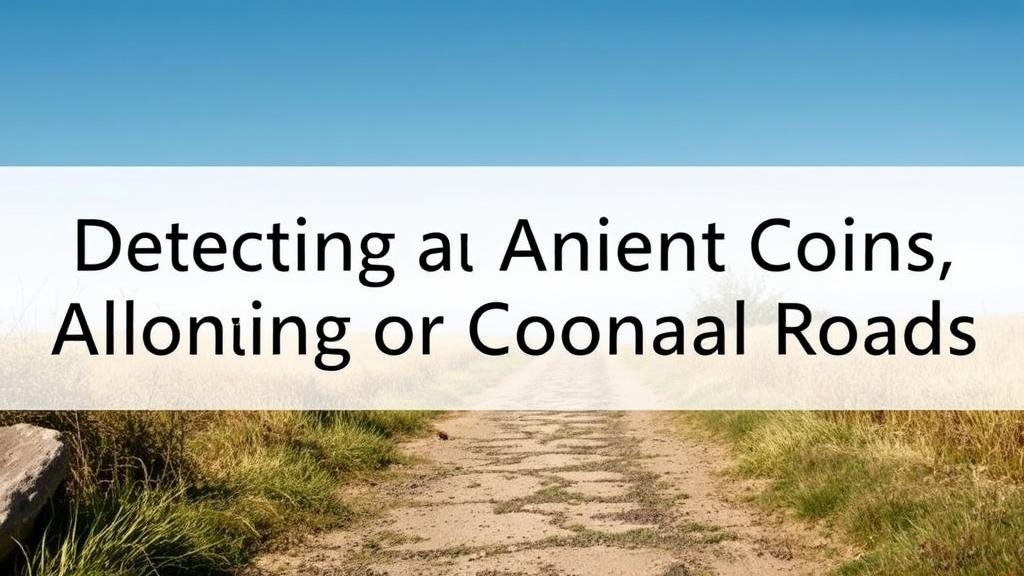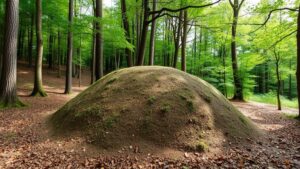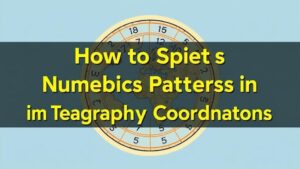Detecting for Ancient Coins Along Roman or Colonial Roads
Introduction
The pursuit of ancient coins is not just an exercise in treasure hunting; it is a profound engagement with history, particularly along the routes once traversed by the Romans and colonial settlers. These highways were arteries of commerce, culture, and migration, making them rich soils for coin detecting. This article provides an in-depth exploration of the methods and significance of detecting ancient coins along these historical roads.
Historical Context of Roman and Colonial Roads
Roman roads, built primarily for military and administrative purposes, spanned across Europe, the Middle East, and North Africa. served both as conduits for trade and means of Romanization. In contrast, colonial roads in the Americas facilitated the exploration and expansion of European settlers. Notable examples include the Boston Post Road and the Kings Highway. e thoroughfares are often associated with various historical events, providing fertile ground for archaeological endeavors.
The Significance of Roads in Ancient Economies
Roads were vital to the economic infrastructure of ancient societies. The rapid movement of goods and resources led to vibrant trade routes, as evidenced by the recovery of coins used in transactions. For example, during the Roman Empire, it is estimated that over 250,000 miles of roads were built, promoting extensive coin circulation.
Colonial Roads and Their Economic Role
The establishment of colonial roads helped integrate remote areas, leading to economic growth and cultural exchange. As settlers moved westward in North America, these roads facilitated the distribution of currency prevalent during the era, including Spanish dollars and colonial notes. Each coin discovered along these pathways can tell a story about the people and economies of that time.
Methods of Detecting Ancient Coins
Detecting ancient coins requires a combination of proper tools, techniques, and historical knowledge. Here are fundamental methods used by enthusiast and professional detectorists:
Metal Detectors
The backbone of any coin detection effort is the metal detector. Advanced models utilize digital technology to differentiate between coins and other metals. For example, a common frequency range for detecting coins lies between 5 kHz to 15 kHz, which is sensitive enough to pick up small and medium-sized coins.
Research and Preparation
Successful detection begins with careful research. Using historical maps, excavation records, and local archives, researchers can locate potential hotspots along ancient roads. For example, a study of Roman road maps can reveal intersecting paths where trade may have multiple coins discovered. An excellent resource is the Antonine Itinerary, a listing of over 3000 Roman settlements and distances between them, guiding where to focus search efforts.
Legal Considerations and Ethical Practices
Before embarking on a coin-detecting expedition, it is crucial to understand the legal framework governing metal detecting and archaeological finds. Laws vary significantly by region:
- In many European countries, finds are often required to be reported to local authorities, with national treasure laws determining ownership.
- In the United States, the Archaeological Resources Protection Act emphasizes the preservation of archaeological sites, often prohibiting unpermitted digging.
Ethically, detectorists are encouraged to obtain permissions from landowners and to avoid sites of significant archaeological importance unless qualifications and proper oversight are in place.
Case Studies of Successful Discoveries
Many significant discoveries have been made along ancient roads, which highlight the potential for future endeavors.
The Hoxne Hoard
In 1992, a detectorist stumbled upon the Hoxne Hoard, the largest hoard of late Roman coins found in Britain, while detecting near a field accessed via a Roman road. collection included over 15,000 coins, offering invaluable insights into Roman life and economy.
The Staffordshire Hoard
Similarly, the Staffordshire Hoard, uncovered in 2009, is a significant Anglo-Saxon treasure trove, discovered near a path that likely followed an ancient route. This find has reshaped our understanding of Anglo-Saxon wealth and artistry, reinforcing the idea that ancient roads were more than mere pathways; they were part of the fabric of historical narratives.
Conclusion and Actionable Takeaways
Detecting ancient coins along Roman and colonial roads offers a fascinating glimpse into the past. It requires both a historical context and a technological approach that includes metal detectors, thorough research, and an understanding of legal and ethical considerations. As demonstrated by notable discoveries, the rewards can greatly enhance our understanding of historical economies and cultures.
- Conduct thorough research using historical documents and maps before detecting.
- Ensure legal compliance by understanding local metal detecting laws and acquiring necessary permits.
- Use advanced metal detectors to improve the likelihood of finding ancient coins.
- Network with local historical societies to gain insights and share discoveries.
By following these guidelines, enthusiasts can contribute positively to the ongoing dialogue about our rich historical heritage.



